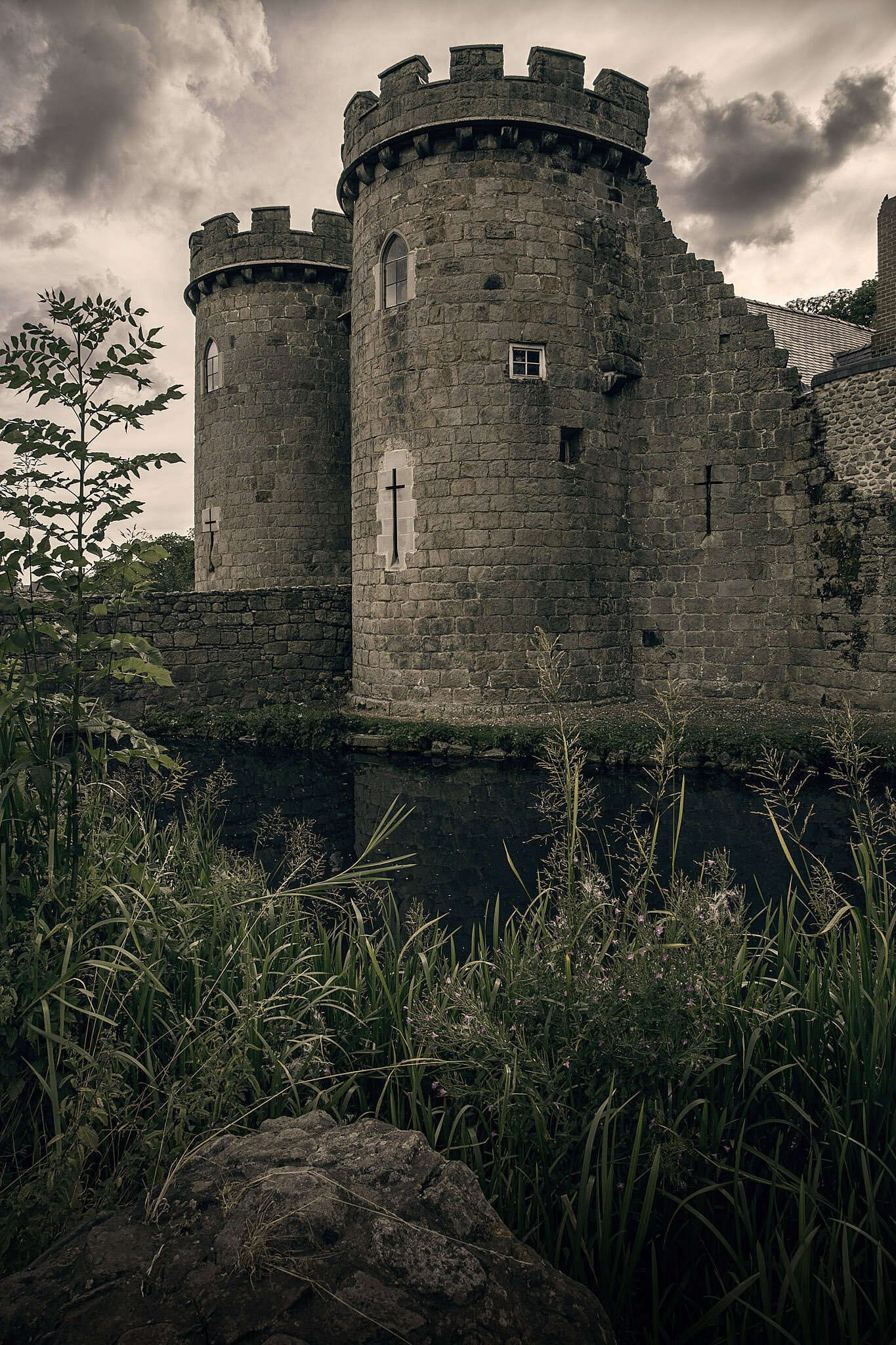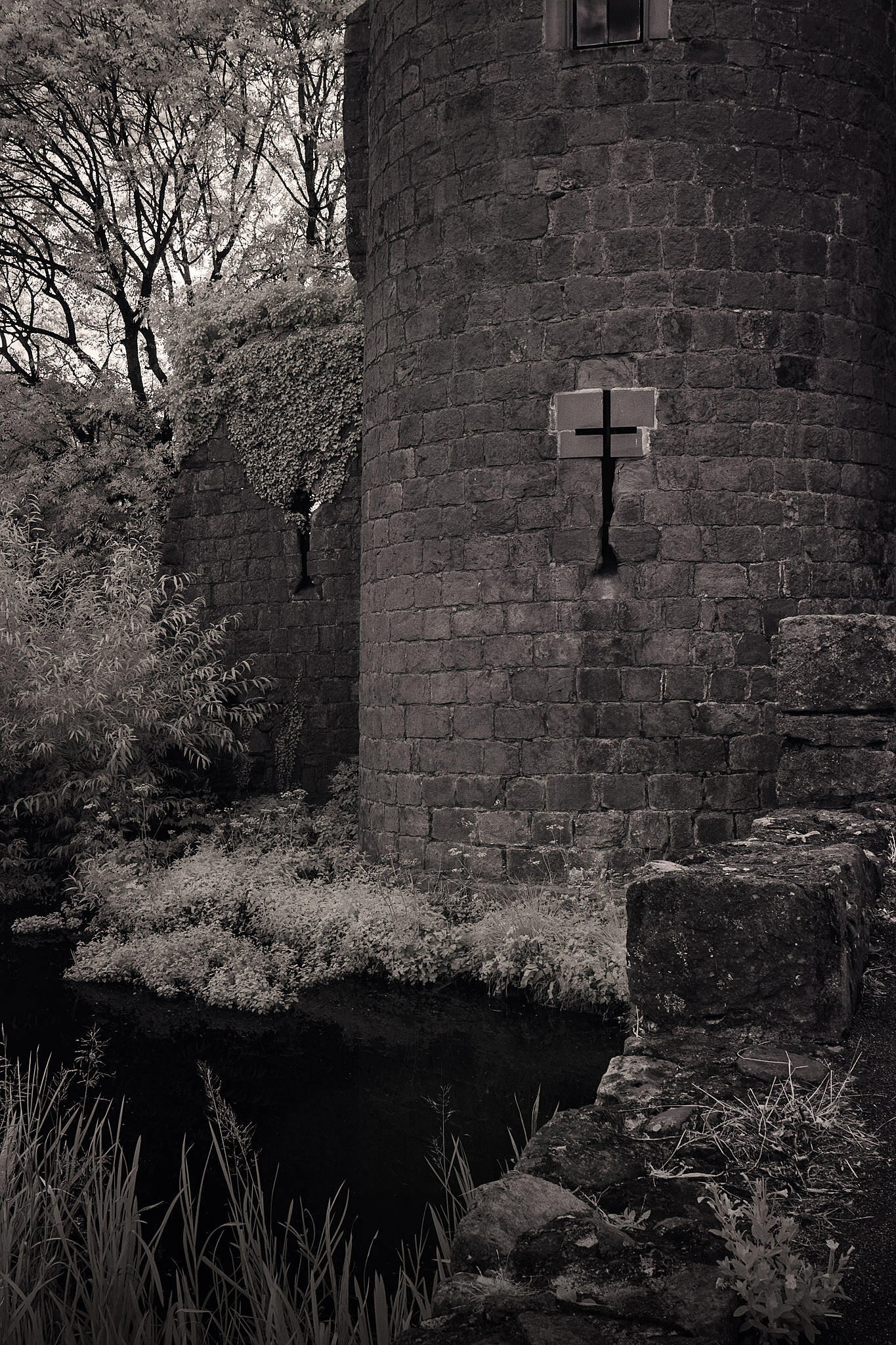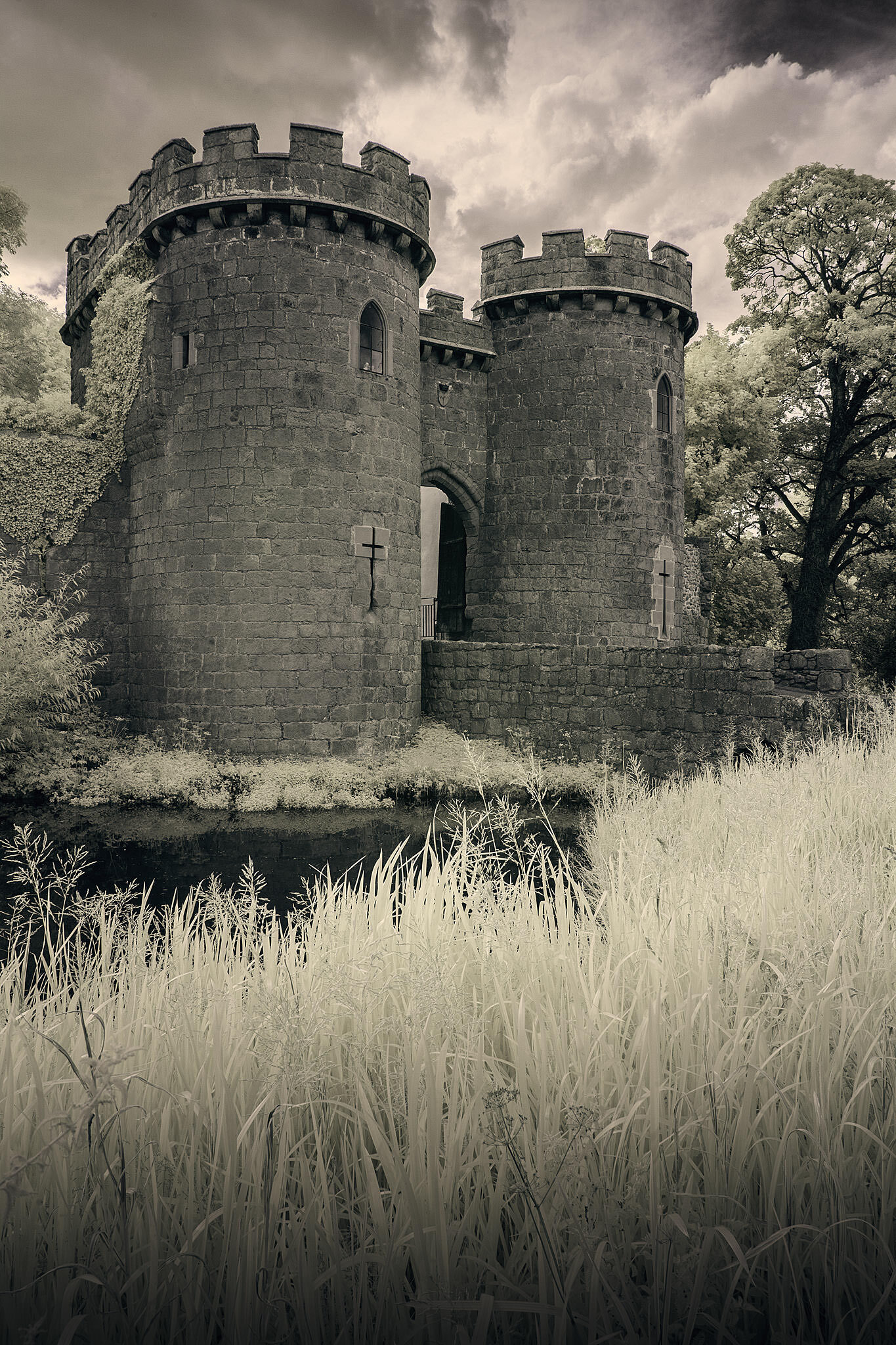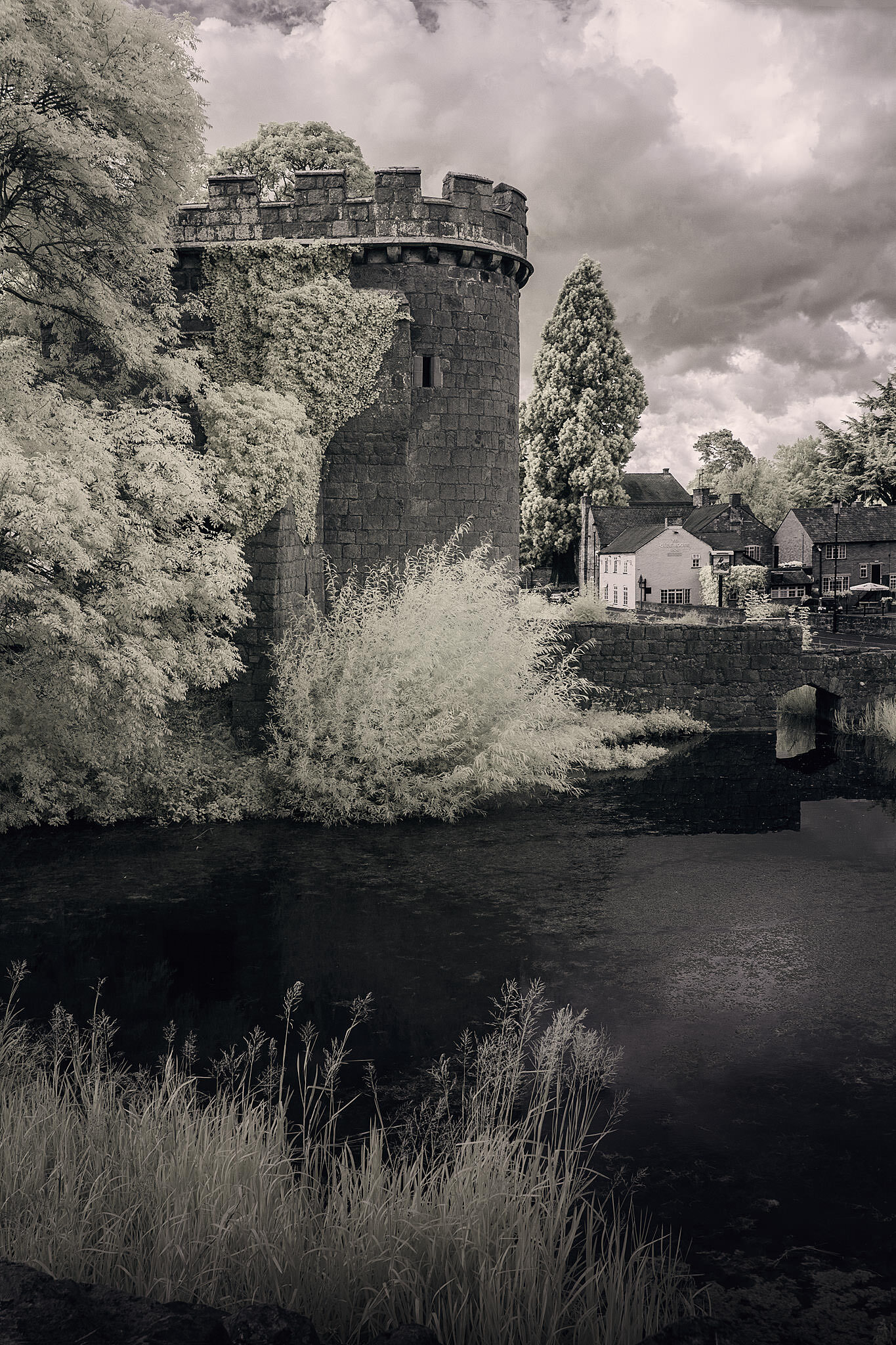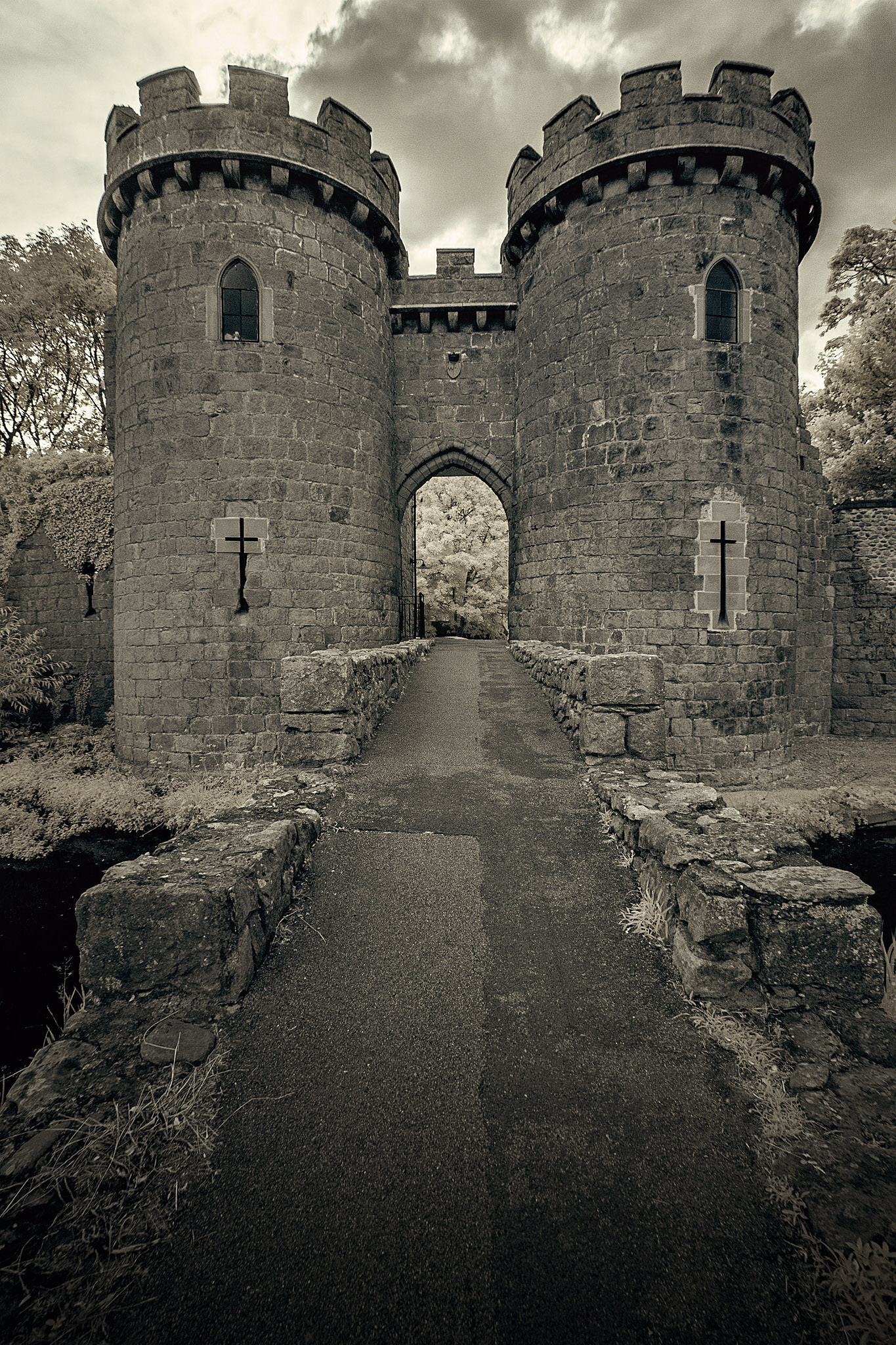Whittington Castle, West Midlands, England
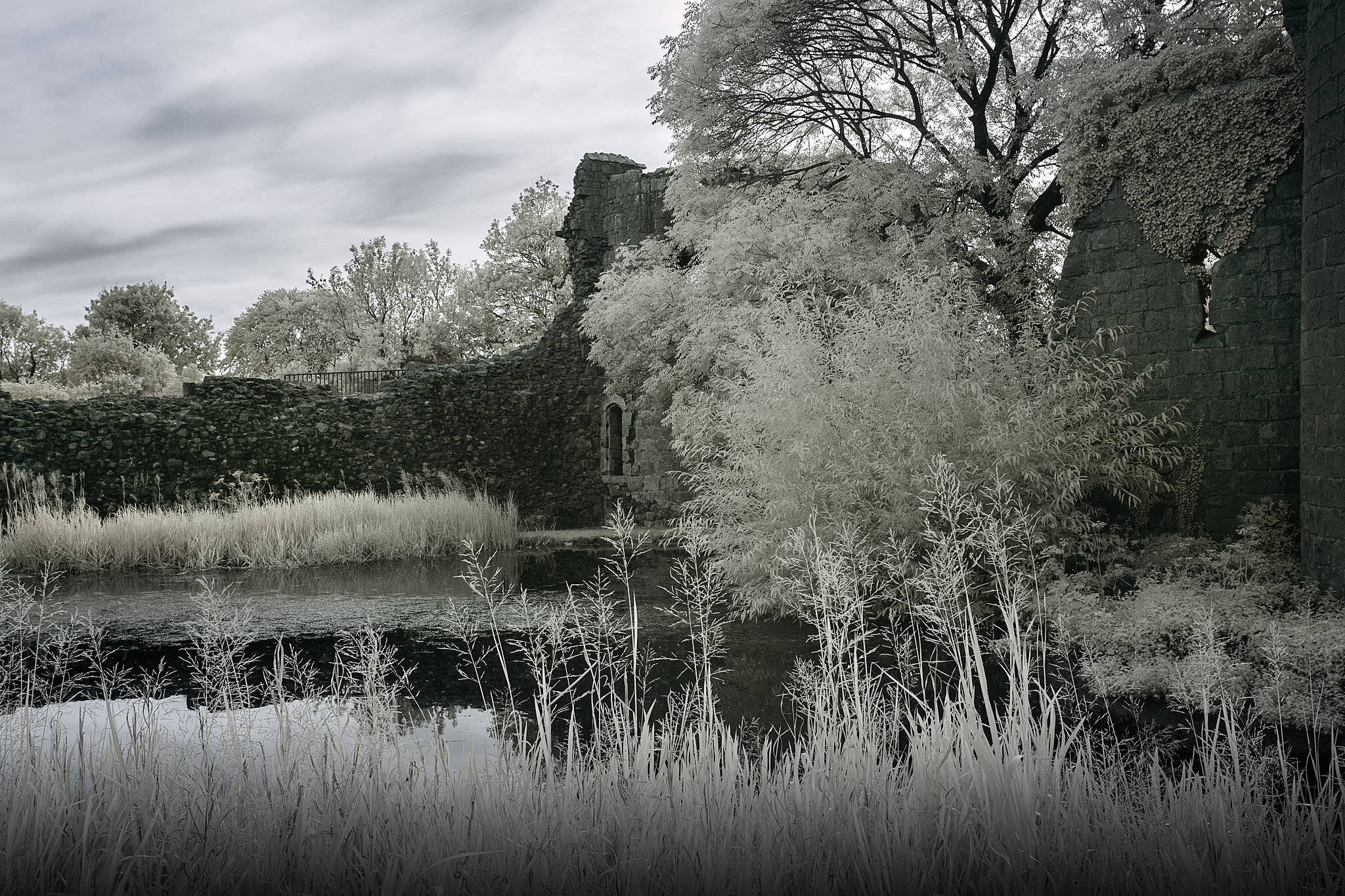
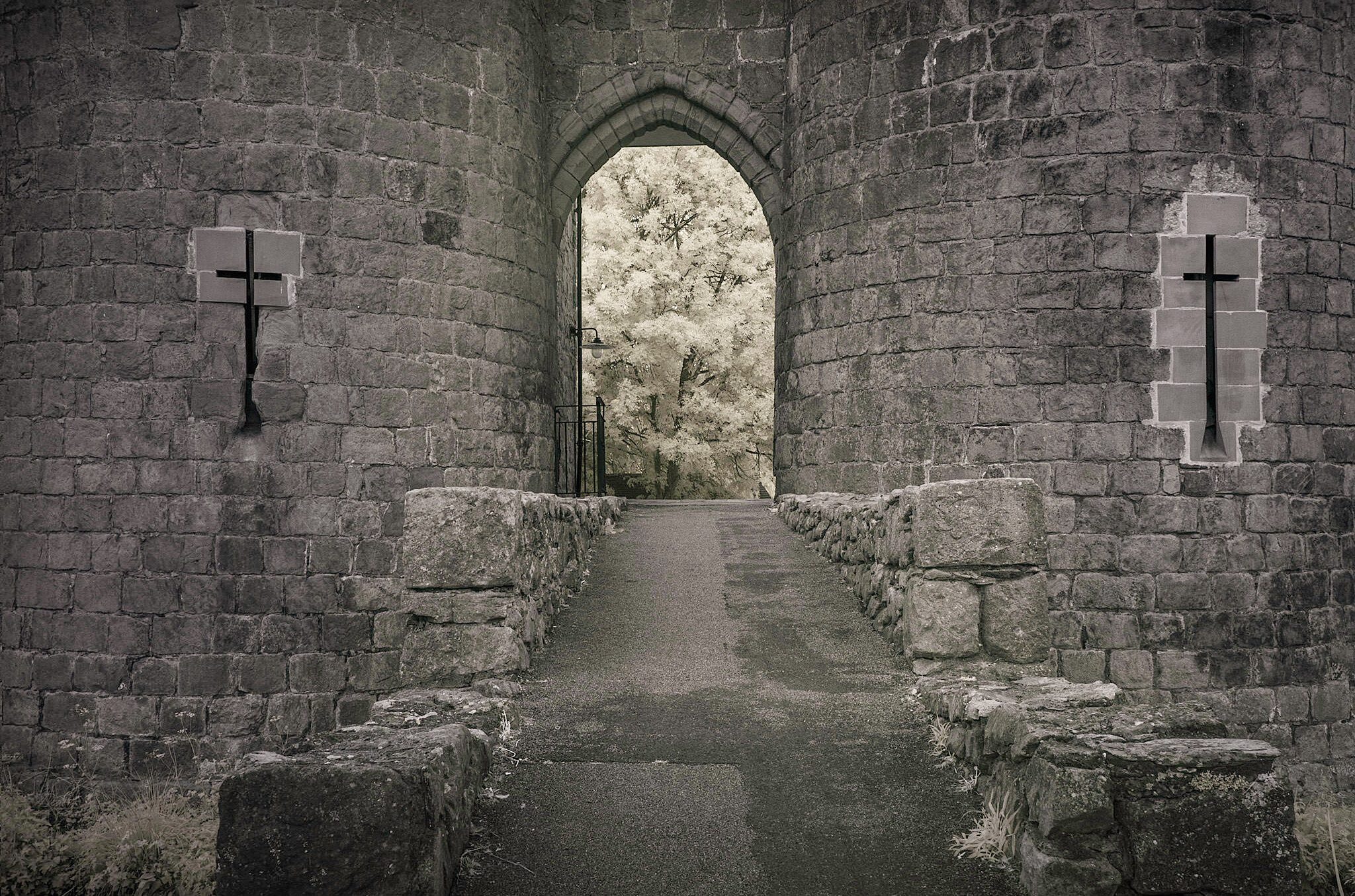
The spot where Whittington Castle now stands, started its life as an Iron Age settlement, a small defended farmstead with a clan of families living in thatched roundhouses. The farmstead would have been protected by timber fencing, ditches and marshland to its north side. After the Norman Conquest, the lands at Whittington were amongst those that were divided up into the three newly created Earldoms of Hereford, Shrewsbury and Chester. These were granted by William the Conqueror, to loyal men, for the purpose of containing the Welsh. The lands at Whittington were part of the package that went to Roger de Montgomery, the new Earl of Shrewsbury. Shortly after Montgomery’s death, the lands were forfeited to the Crown when his son opposed the accession of Henry I. King Henry I granted the estate to William Peverel, who built the first wooden motte and bailey castle here in the early 12th Century before his death in 1115.
Whittington Castle as we see it today, evolved from the original motte and bailey castle into a compact fortified stronghold. The castle was rebuilt in stone in the early 13th Century, it contained seven towers around an inner bailey. Its dependence on water for its defence can still be seen, although what remains of the moat and marshland, is not the extensive waterways that once existed.
Wittington Castle sits in the Welsh Marches. A march, also known as a mark, is a medieval term which signifies a region of land on the edge of a kingdom, so a buffer zone. In medieval England, these marcher areas were established along the border of Wales. These marcher territories were always granted to nobles loyal to the king.
The Fitz Warine family were the prominent lords in the region of Whittington and, by 1138, had fortified Whittington Castle for Empress Matilda, during the anarchy of King Stephens reign. It may have been occupied by the Welsh shortly after this, but by 1160 it was back in the possession of the English and held by Henry II, who rewarded the Fitz Warin’s for their support of his mother’s claim. While Henry II was in control of the castle at Whittington, it is likely that the 3rd Fulk Fitz Warin, heir to Whittington Castle, was underage and residing at the royal court, possibly as a page. He was close in age to Prince John and the two became friends. Legend tells us that the boys argued over a game of chess, when Prince John struck Fulk, either with his fist or a chess board, apparently causing Fulk to accidentally kick John as he fell. John went to the King who punished him for telling tales. Either through embarrassment or dislike, Prince John seems to have never forgiven Fulk, and when he later became King John, things got complicated. When Fulk, now the Lord of Whittington Castle, tried to pay the feudal inheritance tax in 1201, it was refused by King John, basically disinheriting him. Within the year, Fulk was in open rebellion against the King and, with a retinue of 50 men, took to the forest. History and legend now begin to collide and meld together, but I’m sure it won’t take you long to see where we are heading. The story can be read in the medieval romance of Fouke le Fitz Waryn, and his merry band of outlaws who ambushed the King, but eventually King John offers Fulk a pardon in 1204, and Fulk regains Whittington Castle. Now the truth of the events which lead to this pardon, and King John’s forgiveness, may be lost in history, but Fulk did regain his lands. He is one of the better candidates for the origins of the Legend of Robin Hood, after all, the best stories have an element of truth.
In 1265, King Henry III of England ceded control of Whittington Castle to Llywelyn ap Gruffudd, Prince of Wales, as part of the Treaty of Montgomery. Although we don’t often hear about this treaty today, it was incredibly important to the Welsh at the time, because in this treaty, King Henry III of England acknowledges in writing, that Prince Llywelyn ap Gruffudd is Prince of Wales. This was the only time an English ruler recognised a rightful ruler of Wales. Although the treaty required Llywelyn to do homage to the King of England for the land, it also acknowledges the authority of the Prince.
The castle remained in Welsh hands for only 11 years, when it was retaken by the English Crown during the First War of Welsh Independence. In 1282, King Edward I restored the castle to the Fitz Warine family and they held it into the 15th Century. Whittington Castle stands on the English side of the border with Wales, so it is no surprise that it has been attacked a few times in its history.
In 1404, Whittington castle was attacked by the Welsh again, under the leadership of Owain Glyndwr. Although the castle survived this attack it never recovered, as the estate was destroyed by the Welsh and the castle began to drift into ruin. Just three years later, in 1407, the castle was said to be worthless. Various owners throughout the next 400 years, never spent the money on its restoration that was required. A timber framed cottage was built behind the gatehouse in the 17th Century, which still stands today. In the late 18th Century, the castle was laid out as a pleasure garden, with pebble pathways laid and brick structures built, the outer gatehouse was also repaired at this time.
In the 1990’s Whittington was in great danger of collapse through neglect. Whittington Castle is owned, operated and maintained by the local community, through the creation of the Whittington Castle Preservation Trust and held on a 99 year lease. The trust has completed a £1.5 million pound project to restore the castle, which is now open to the public, or at least it was until Covid hit. The castle now relies on parking charges and a tea room to raise funds for its upkeep and usually manages to just about break-even, but now, without further funding, the castle is once again in danger as it may not be able to reopen after the health crisis is over. They do have a Gofundme pages at: https://www.gofundme.com/f/community-castle-in-crisis/donate

